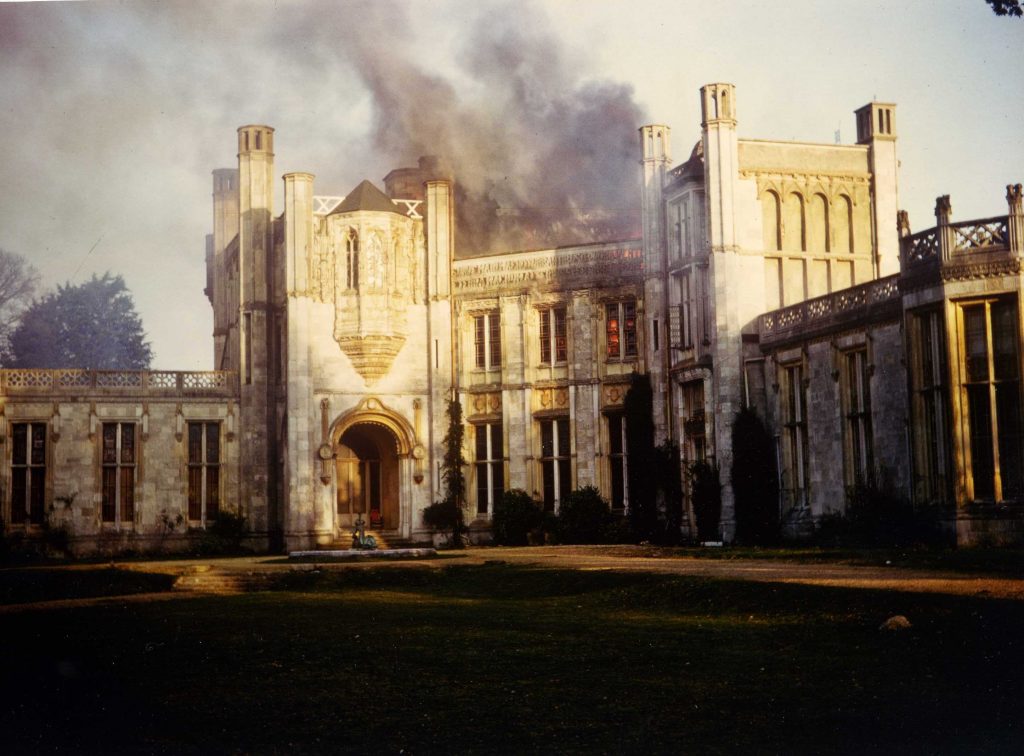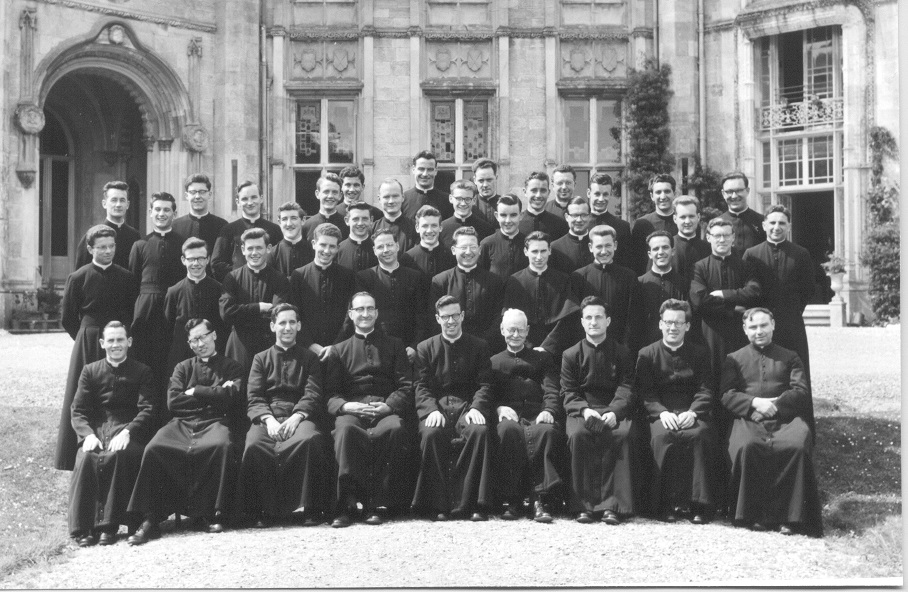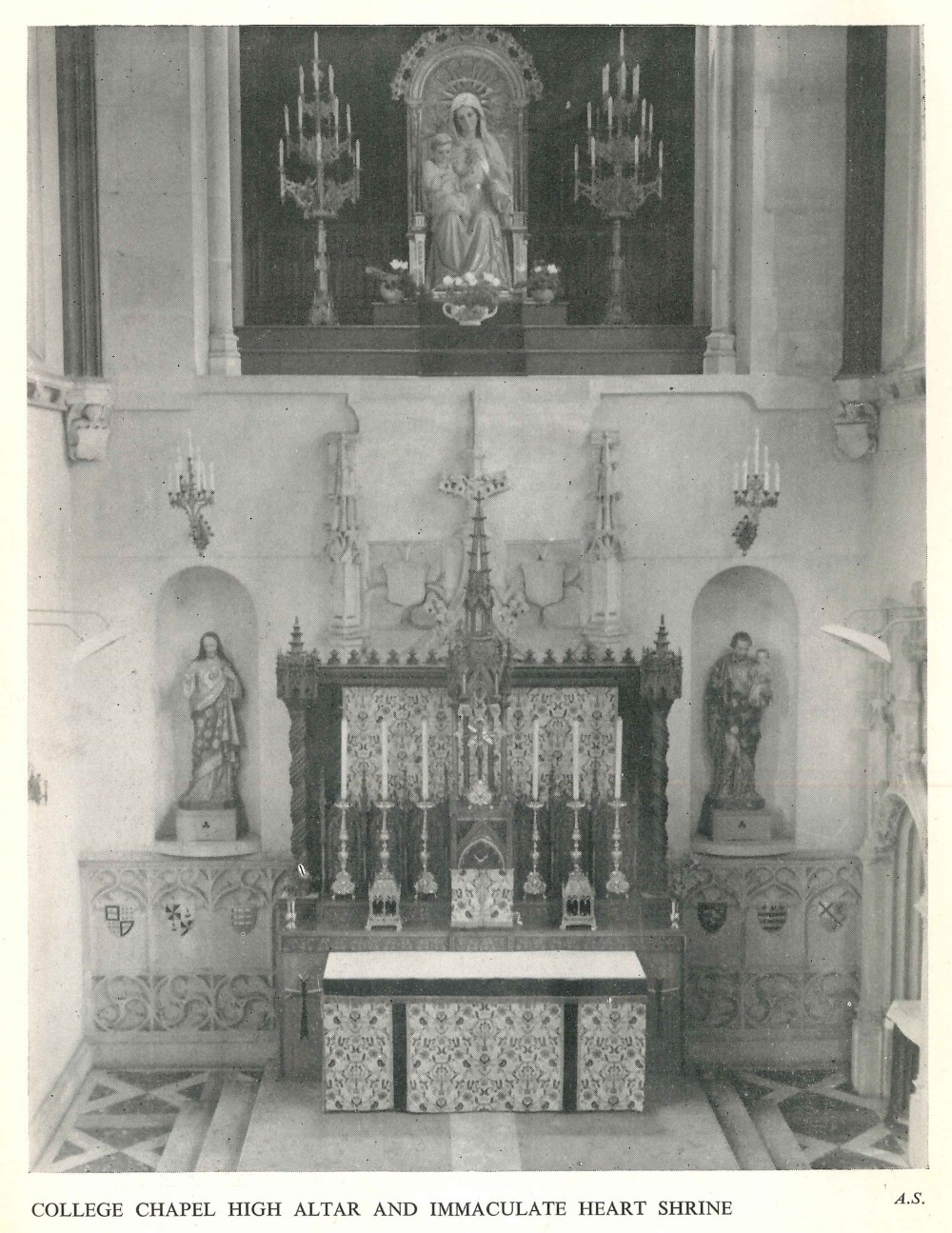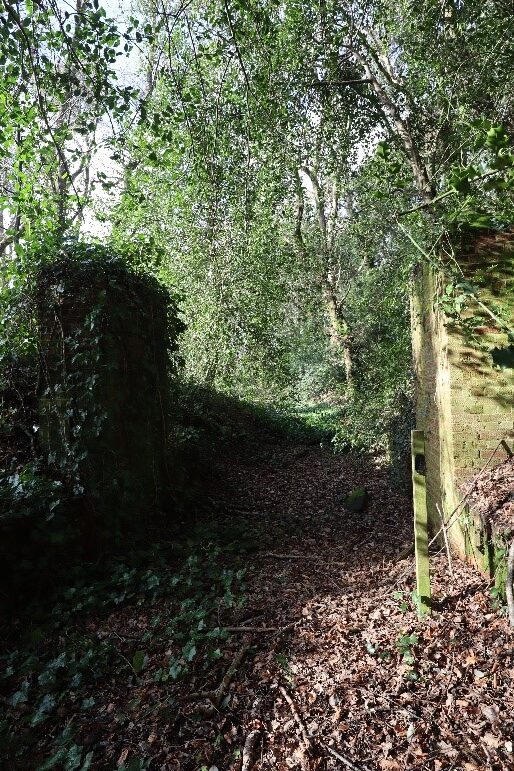
Take a trip down memory lane with Judith, one of our volunteers, as she recalls her earliest memories of the Castle.



Take a trip down memory lane with Judith, one of our volunteers, as she recalls her earliest memories of the Castle.

My first memories of Highcliffe Castle date back to the early 1960s, when my family moved into Pine Crescent, opposite Highcliffe Castle. The Claretian Missionaries* were in residence then and very much part of the Highcliffe community. Villagers attended their garden fetes and theatrical productions and the Novices’ football side played matches against local teams.
*The Congregation of the Sons of the Immaculate Heart of Mary
Photo credit: Walter Mueller

The Claretians converted the Great Hall at Highcliffe Castle into a chapel, using it for worship and ordinations. They also welcomed Roman Catholic villagers, who had no local chapel, to use it as a Mass centre.
A short distance away, the Handmaids of the Sacred Heart of Jesus were running a girl’s day and boarding school called Marydale in Wolhayes House, which was situated off Hinton Wood Avenue. The school entrance was marked by Marydale Lodge – still visible today. The Handmaids also had no chapel. On Sundays the sisters from Marydale walked to and from the Castle chapel to attend Mass. They used a shortcut through the field behind our house (now occupied by Silverways Nursing Home). They walked in a long line, in single file and in silence.
Photo credit: attributed to Adeline Shipman (all efforts have been made to trace the copyright)


In the 1960s beach access for Highcliffe villagers was either via Waterford Road, or the footpath over Highcliffe Golf Course. We used to go via the golf course. I remember vividly, just after entering the wooded area, seeing on the left-hand side what appeared to be a track with a brick wall both sides (still visible today). Of course, this was one of a number of ‘tracks’ through the wooded Castle grounds, which led to what was its western entrance at Bure Homage. Parts of these tracks were ‘sunken’ and presumably the brick walls were holding back the soil. Back in 1907 these would have seen Kaiser Wilhelm II and his entourage passing through towards the western entrance, on his way to visit other estates, such as Kingston Lacey, and their owners locally…

By 1967 the Claretian Missionaries moved away from Highcliffe and sold the Castle. Around that time, distressed Highcliffe villagers witnessed two disastrous fires at the Castle, followed by the chronic decline of the damaged building as it was left open to the elements year after year. Local papers headlined the plight of the Castle on almost a daily basis. Opposing views were represented in what seemed to be equal measure: those campaigning to save the Castle, and those wanting it demolished. Despite its Grade 1 listed status, its future hung in the balance. Christchurch Borough Council, broke the ‘stalemate’ in 1977 via a compulsory purchase order – and to the relief of many, Highcliffe Castle was restored to safe custody.

The building of Highcliffe Castle in the 1830s was the ‘labour of love’ of one man, Lord Stuart de Rothesay. His legacy is now in the hands of both a number of organisations, and many individuals, who all continue to work tirelessly and enthusiastically to restore the Castle and secure its future.
A warm welcome is assured to all who visit Highcliffe Castle: it is a window to the past, and a celebration of history. In taking the time to visit, you will have not only the privilege of seeing a grand legacy firsthand, but also the opportunity to discover otherwise hidden gems of history through the true-life stories of the Castle’s varied residents and owners.